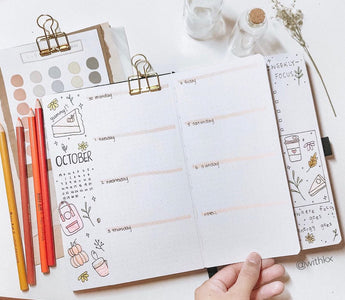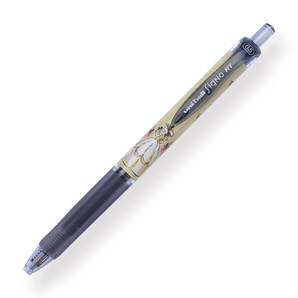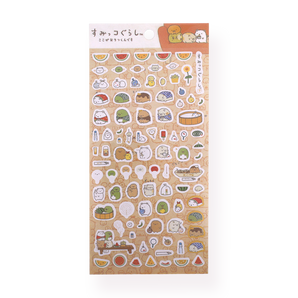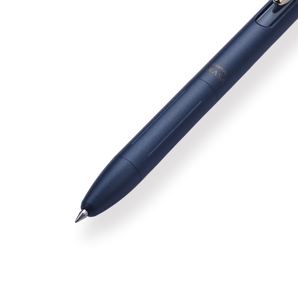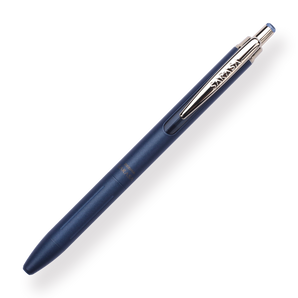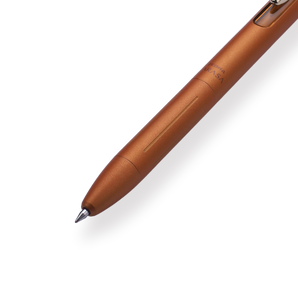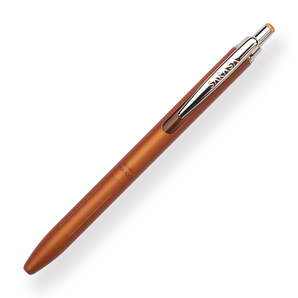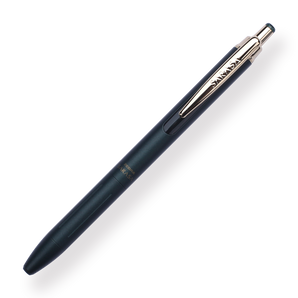What are Dutch Doors?
When you first heard the word "Dutch Doors", did you think it was something like the picture below? Did you think it is a door divided in such a fashion that the bottom half may remain shut while the top half opens?

Yes, you are right! The idea of dutch door in the bullet journal comes from this. In the past few years, dutch door has become one of the most popular designs among bujo bloggers. If you don’t know how to create dutch door in your bujo, just continue reading this article.

In short, these are spreads where some of the pages have been cut down.
Why would you do it? —The functions of the Dutch Door
After knowing what dutch door is, do you know the benefits of using this design in bujo?
ONE: You can avoid repetitive writing of functional sections.
When you are making a weekly plan, a monthly plan, or a daily plan, do you feel that repeating the calendar, to-do list or other functional sections is a waste of time? The dutch door system allows you to see the functional page you want in everyday plan and gives you more paper space within your spreads.

cr: @withkx
TWO: Dutch door makes your page design more intriguing and beautiful.
When you think the bujo is flat throughout the year, you can paint a decorative dutch door. The dutch doors are mostly for aesthetics reason rather than functional reason, and they really show you how much fun you can have with these layouts.

cr: @austingodoodles

cr: @bujo_aly
THREE: Function as a split page.
Dutch Doors can be used as a split page for the entire bujo, or as a reminder for the beginning of a month, allowing you to easily find the location when reviewing your plans.

All in all, dutch door is a smart and fascinating design that can be used in your bullet journal, making your bujo more vivid and interesting.
In the next blog, I will explain how to make a dutch door in detail. Hope this blog is helpful to you.
Author: sherry

